I'm trying to allow a user to enter data into a textbox that will be added to the web.config file. I've added the relevent lines to the web.config file but when I make this class all goes wrong.
I keep getting the are you missing a using directive or assembly refenrence error whenever I try to run my app. I have looked at the other times this question has been asked and can't seem to figure out where I'm going wrong. The thing is that I am extremely new to Visual Studio and am just left blank at what could be the answer.
Below here is the class file that's generating the error. I hope I've included everything you need to assist me. Thank you.
using System.Collections.Generic;
using System.Linq;
using System.Configuration;
namespace WebConfigDemo
{
public class CompanyConfigSection : ConfigurationSection
{
[ConfigurationProperty("", IsRequired = true, IsDefaultCollection = true)]
public CompanyConfigCollection Companies
{
get
{
return (CompanyConfigCollection)this[""];
}
set
{
this[""] = value;
}
}
}
public class CompanyConfigElement : ConfigurationElement
{
[ConfigurationProperty("id", IsKey = true, IsRequired = true)]
public int Id
{
get
{
return (int)this["id"];
}
set
{
this["id"] = value;
}
}
[ConfigurationProperty("name", IsRequired = true)]
public string Name
{
get
{
return this["name"].ToString();
}
set
{
this["name"] = value;
}
}
} '
public class CompanyConfigCollection : ConfigurationElementCollection
{
protected override ConfigurationElement CreateNewElement()
{
return new CompanyConfigElement();
}
protected override object GetElementKey(ConfigurationElement element)
{
return ((CompanyConfigElement)element).Id;
}
}
public class CompaniesConfig
{
private static readonly Dictionary<int, CompanyConfigElement>
Elements;
static CompaniesConfig()
{
Elements = new Dictionary<int, CompanyConfigElement>();
var section = (CompanyConfigSection)ConfigurationManager.GetSection ("companies");
foreach (CompanyConfigElement system in section.Companies)
Elements.Add(system.Id, system);
}
public static CompanyConfigElement GetCompany(int companyId)
{
return Elements[companyId];
}
public static List<CompanyConfigElement> Companies
{
get
{
return Elements.Values.ToList();
}
}
}
} '
Any help is appreciated



